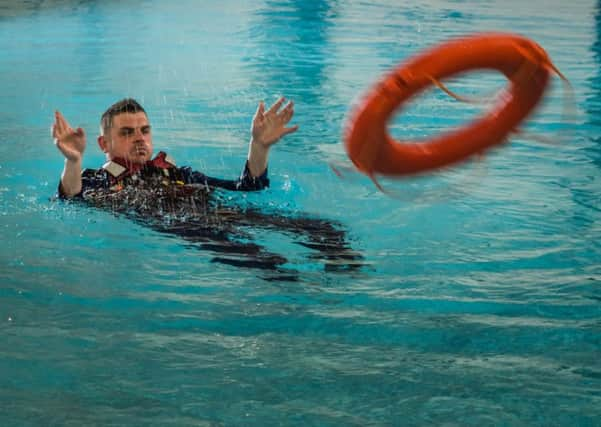Know the tides to stay safe


It always takes about six hours for the tide to come in and another six to go out, but the tidal range changes throughout the month.
The day after the full or new moon is the spring tide when the sea comes in and goes out much further. It moves more quickly. Neap tides fall after the half-moons. The sea neither goes out nor comes in as far, moving more slowly.
Advertisement
Hide AdAdvertisement
Hide AdFrom low tide, the sea starts coming in gradually, accelerating in the middle of its range, then slowing down before turning and starting its six-hour journey back.
The first hour the tide comes in a 12th of the way; the second hour it comes in two 12ths; the third hour it comes in three 12ths; the fourth hour it comes in three 12ths; the fifth hour it comes in two 12ths; the sixth hour it comes in one 12th of the way. In the middle two hours it covers half its entire range, moving quickly.
The same formula works from high tide. The first hour the tide goes out a 12th of the way, etc.
There are tide tables online giving high and low tide times.
Advertisement
Hide AdAdvertisement
Hide AdIf you want to capture a time-lapse of the retreating tide, start three hours after a high spring tide to see the shore being uncovered. Three hours after low tide the shore becomes quickly inundated again. Be extra careful as the sea is moving towards you.
Awareness of the tides can help keep you safe. As beautiful and inviting as our beaches are, they are hazardous. Some 150 people lose their lives around the UK coast each year and many more are injured. Rocks covered in algae and seaweed can lead to falls, and sudden changes in the sea can cut you off or sweep you away.
Although the RNLI gets a lot of recognition for rescues at sea, the unsung heroes of our beaches are the Coastguard Search and Rescue Teams. These volunteers help those who get into trouble on beaches. They do excellent work.
Help isn’t always on hand. Much of our coastline is not covered by a mobile phone signal. Always let someone know where you will be and when you will get back, especially if shooting at night or in an isolated spot. A first aid kit, emergency rations and clothes, plus a whistle, are worth packing.
Advertisement
Hide AdAdvertisement
Hide AdProtect your camera too. Blown sand plays havoc getting into autofocus and zoom mechanisms, and protecting the lens front elements with a UV filter is worthwhile. Many a lens has been broken from collisions with rocks or scratched by sand in a lens cloth.
To find out more about Ivor Rackham see https://ivorphotography.co.uk